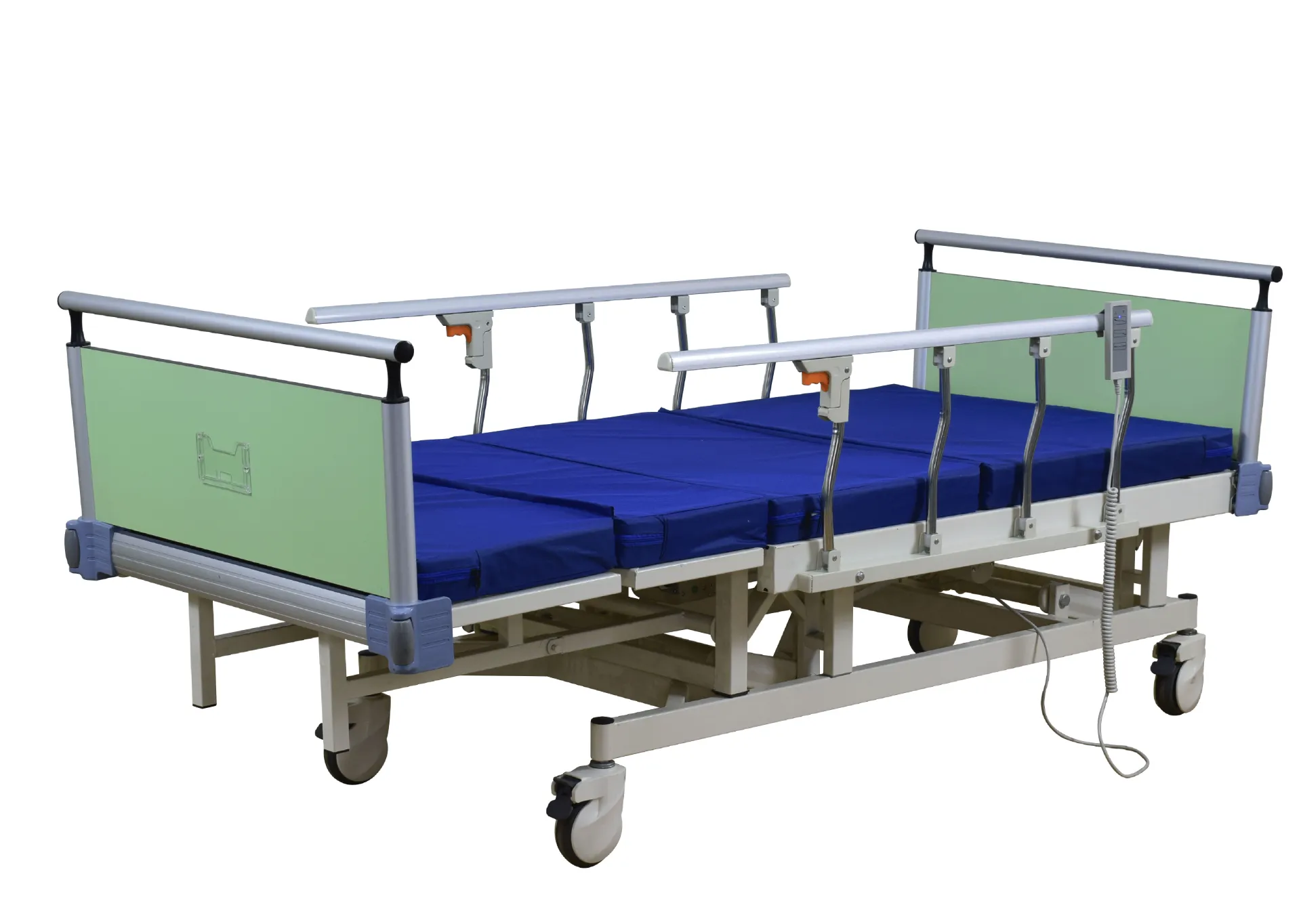Welcome to our websites!
Comfortable Seating Solutions for Patients Undergoing Dialysis Treatments
Chairs for Dialysis Patients A Key Component of Comfort and Care
Dialysis is a lifesaving treatment for patients with chronic kidney disease, allowing them to lead a more manageable lifestyle while dealing with the complexities of their condition. However, the experience of undergoing dialysis can be physically and emotionally taxing. One often overlooked aspect of this treatment process is the importance of patient comfort, particularly regarding the chairs in which they spend several hours during each session.
The Importance of Ergonomic Design
Dialysis patients typically spend three to five hours sitting in a dialysis chair, three times a week. This extended duration necessitates the use of chairs that are not only supportive but also designed with comfort in mind. Ergonomics plays a crucial role in the design of these chairs. They must accommodate a range of body types and be adjustable to meet the individual needs of each patient. Proper lumbar support, adjustable recline angles, and cushioned armrests can significantly reduce discomfort and fatigue, allowing patients to focus on their treatment rather than their physical discomfort.
Features of a Good Dialysis Chair
A suitable dialysis chair should incorporate several vital features
1. Adjustability The ability to alter the height, backrest angle, and leg rests allows for a customized seating position, essential for individual comfort.
2. Cushioning High-quality, durable cushioning materials can help distribute body weight evenly and minimize pressure points, which is particularly important for patients who may have reduced mobility.
3. Accessibility The chairs should be designed to facilitate easy entry and exit, crucial for patients with limited mobility. Many modern designs include features like swivel bases and lift mechanisms.
chairs for dialysis patients

4. Durability and Maintenance Chairs made from easy-to-clean materials and resistant to wear and tear ensure a hygienic environment. Given the medical context, infection control is paramount.
5. Safety Features Incorporation of safety belts or securing mechanisms can help prevent falls, especially for those who may feel weak or unsteady after treatment.
6. Integrated Technology Some advanced dialysis chairs also come equipped with technology like integrated power outlets for charging devices or built-in entertainment systems to help patients pass the time more pleasantly.
Impact on Patient Experience
The right dialysis chair can dramatically enhance a patient’s experience. Comfort is crucial for maintaining a positive outlook during treatment sessions. Patients who feel more at ease are likely to adhere better to their treatment regimens and report higher satisfaction levels. Reducing discomfort can also minimize the stress and anxiety often associated with prolonged medical treatments.
Furthermore, a comfortable chair can lead to better physiological outcomes. If patients experience less pain and discomfort, their blood pressure can be more stable throughout treatment, leading to better overall health outcomes. This connection emphasizes the need for healthcare providers to prioritize patient comfort as an integral part of treatment protocols.
Conclusion
In conclusion, while dialysis is a critical component of care for patients with kidney disease, the chair in which this treatment is administered plays a significant role in the overall experience. Investing in high-quality, ergonomic chairs for dialysis patients is not merely a matter of comfort; it is an essential aspect of holistic patient care. As healthcare systems continue to evolve, prioritizing the comfort and well-being of patients during dialysis treatments will lead to better adherence, improved health outcomes, and ultimately, a higher quality of life for those battling chronic kidney conditions. As awareness around the significance of patient experience grows, the role of innovative and thoughtfully designed dialysis chairs will remain at the forefront of enhancing healthcare delivery.
-
Transforming Healthcare with Hospital FurnitureNewsJun.24,2025
-
Rehabilitation EquipmentNewsJun.24,2025
-
Mobility and Independence with WheelchairsNewsJun.24,2025
-
Freedom of Mobility with Our Rollator WalkersNewsJun.24,2025
-
Comfort and Independence with Commode ChairsNewsJun.24,2025
-
Bathing Safety and Independence with Shower ChairsNewsJun.24,2025
-
Navigating the Wholesale Landscape of Electric Mobility Solutions: Key Considerations for Power Wheelchair DealersNewsJun.10,2025











